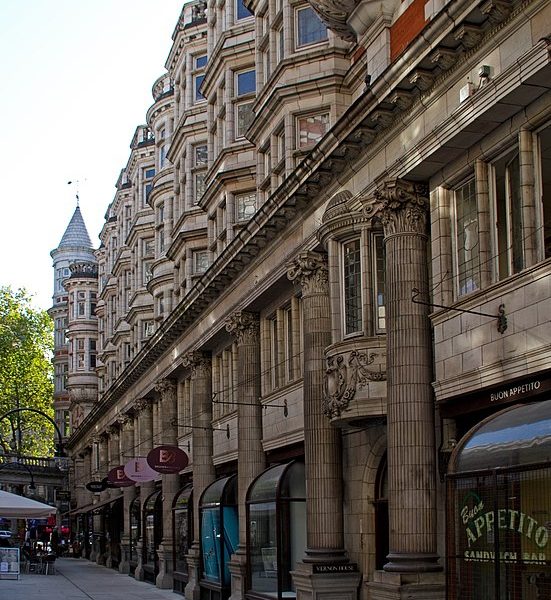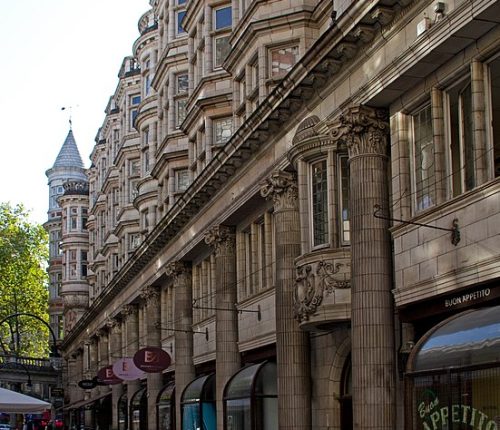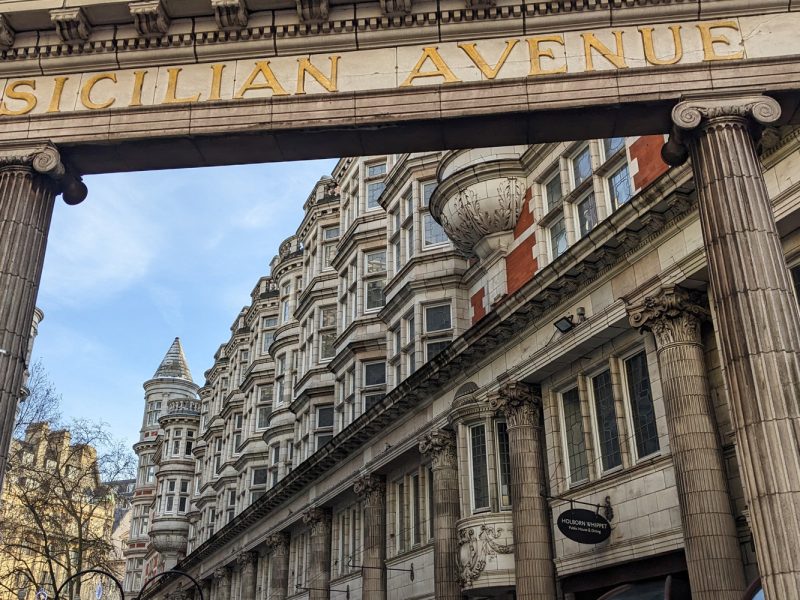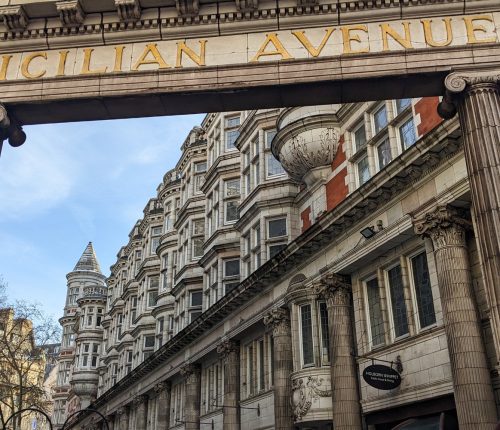Thanks for getting in touch.
We'll get back to you shortly.
Need an urgent response?
Need an urgent response?
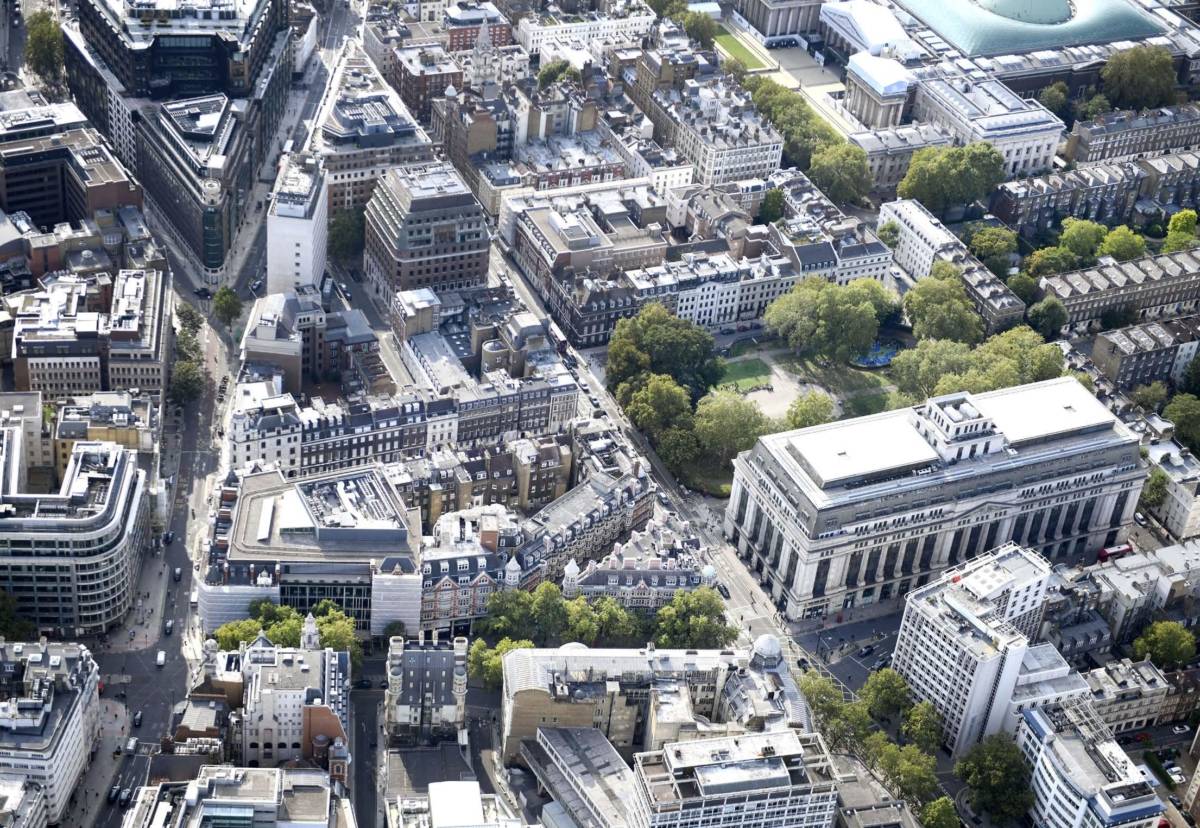
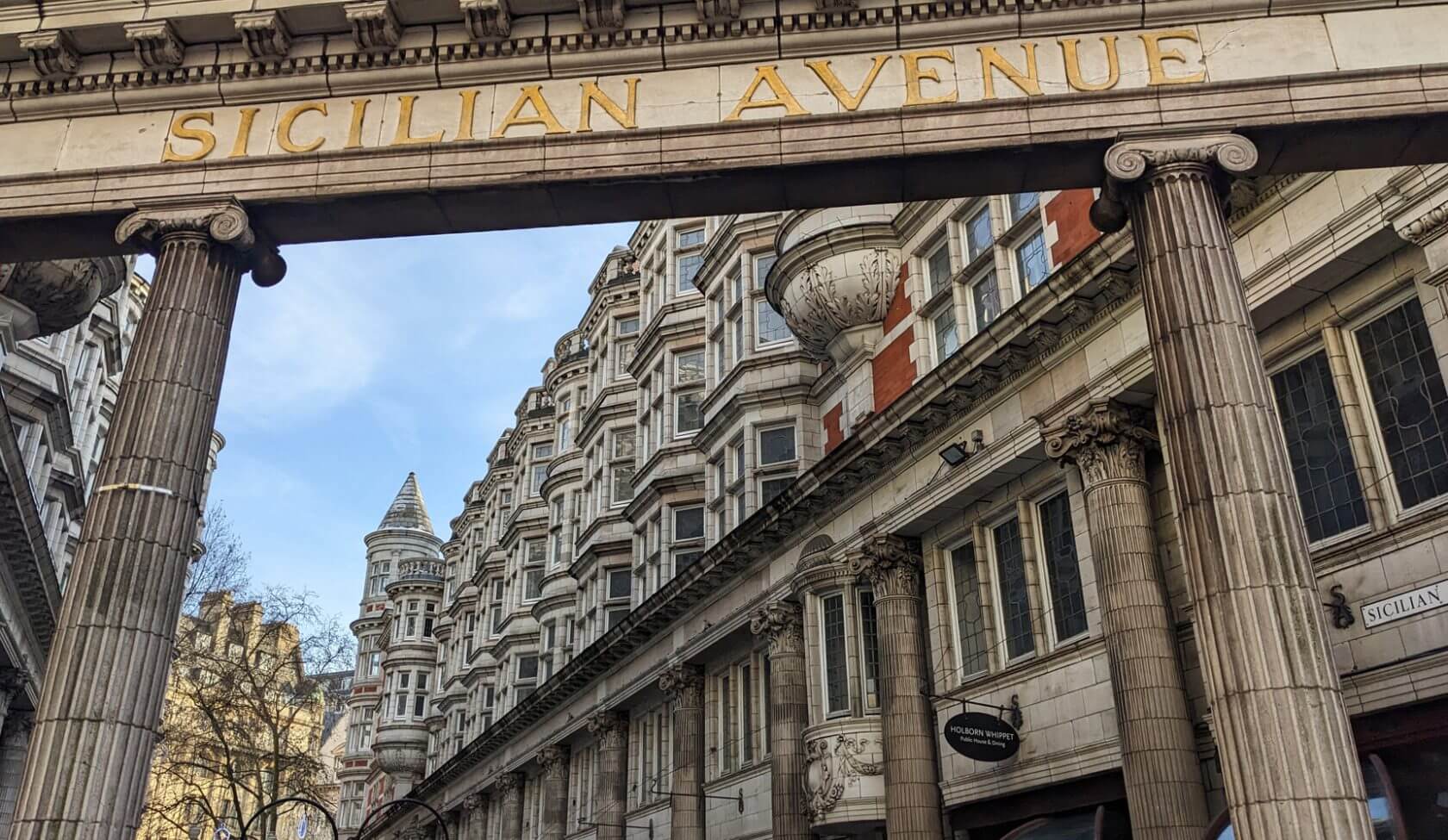
Located on the western side of Southampton Row, the site is bordered by Sicilian Avenue to the north and Bloomsbury Square to the northwest. It comprises three buildings: Sicilian House, Vernon House, and 21 Southampton Row. These Grade II listed structures were built between 1905 and 1910, with modifications made in the 1970s.
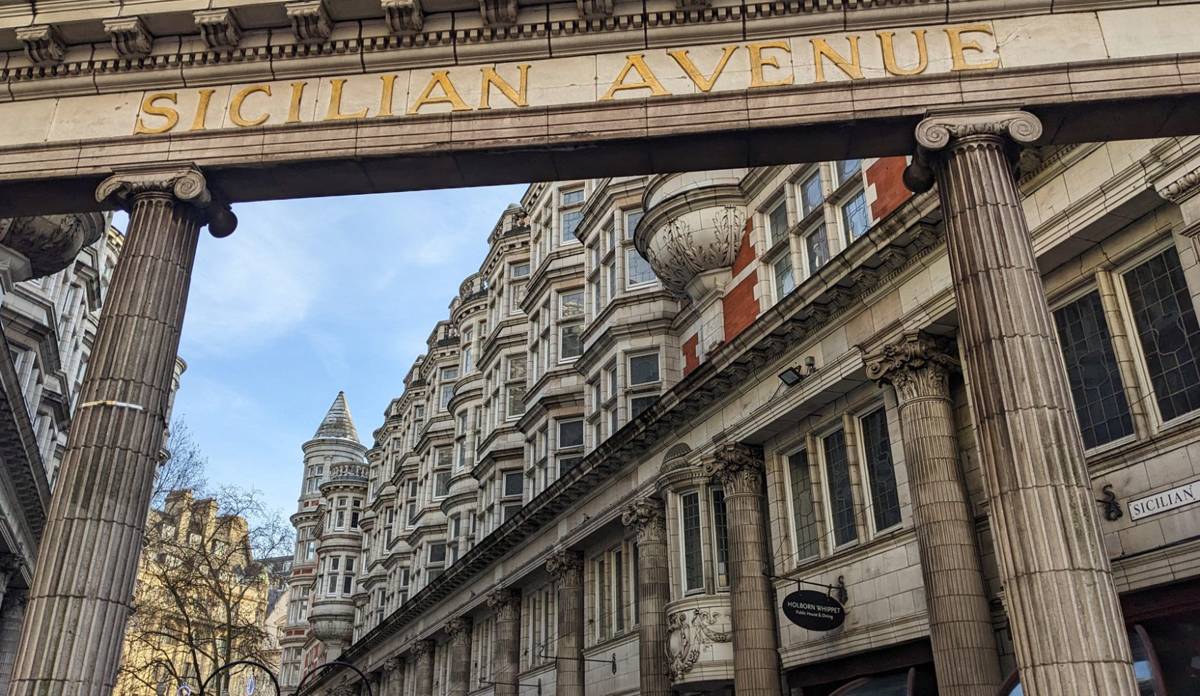
The project
TRC Contracts were selected for this project based on our successful track record with the contractor Structure Tone. Our scope encompassed the repair, refurbishment, and upgrading of 250 existing timber sash and casement windows. Additionally, we designed, supplied, manufactured, delivered, and installed 55 replacement windows where restoration wasn’t feasible or where building changes necessitated new units. We collaborated closely with the contractor and client, surveying the existing windows and developing a comprehensive repair strategy. This approach included addressing additional windows, glass, sills, and decoration, allowing us to offer a complete window solution under a single contractor package.
Our team produced control samples and benchmarking windows, and conducted baseline overhauls. This process involved removing built-up debris from frames and glazing where defective, stripping excess paint and film from glass surfaces, and replacing missing or broken historical glass or redundant fans with approved matching alternatives. We completed the overhaul by installing a draught exclusion system and fully redecorating to match the existing paint colour.
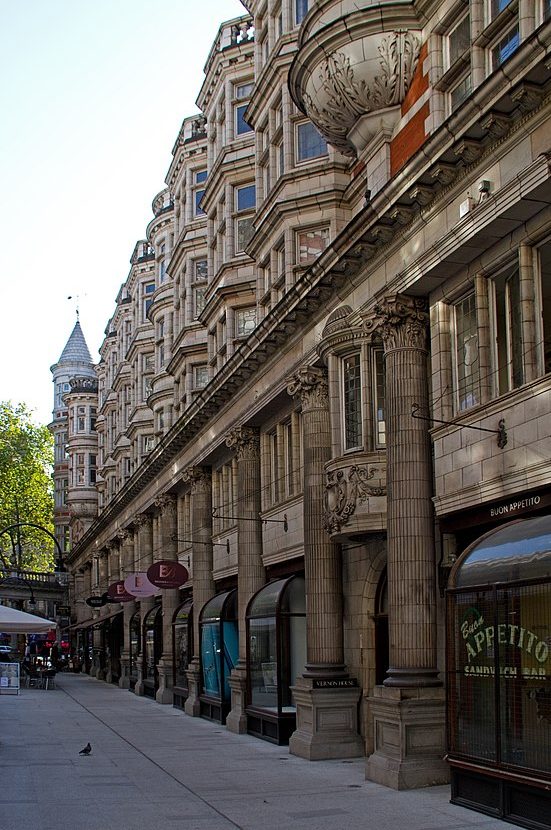
A comprehensive approach
TRC Contracts executed timber repairs using our well-established RepairCare methods, combining them with modern timber splicing techniques and bespoke part replacements. We carefully selected resembling timber species, aiming to preserve as much original material as possible. To enhance future decay resistance, we implemented Conservation Joints and replaced old weathered putty with a modern alternative. All bare timber repair surfaces were prepared and primed using environmentally friendly, water-based Dulux Wood Primer.
We meticulously inspected all ironmongery, notifying the client of any pieces beyond repair and offering suitable replacements. We ensured that replacement ironmongery matched the originals in both finish and base material. For new bespoke replacement windows, we engaged in a detailed design approval process to match existing units before manufacturing. We carried out the removal of old windows and installation of new ones with precision and care. In our commitment to sustainability, we salvaged reusable parts from existing windows for repairs elsewhere in the building, minimising waste.

Overcoming challenges
As a Grade II listed structure, the building required a sensitive approach to refurbishment. We faced the additional challenge of lead-contaminated paint and substrate in the windows. To address this, we engaged our dedicated health and safety advisor, who developed a site-specific risk and method statement. We also provided specialised training to our operatives to ensure safe handling.
We employed a variety of techniques to minimise our impact on the building’s historic fabric and leveraged our highly skilled workforce and expert management team to execute the project. Our close collaboration with the client and contractor ensured that the refurbishment met all required standards. We developed and followed a detailed project plan to manage the work effectively.
Our window refurbishment significantly enhanced the building’s appearance. The new windows and doors we installed were faithful reproductions of the originals, preserving the structure’s historic character. Our work improved the building’s energy efficiency and usability, contributing to the crucial task of retrofitting the UK’s historical buildings to meet climate targets. We completed the project on time and within budget and reaffirmed our position as a leading provider of window refurbishment services in the UK. This project showcased our extensive experience with historic buildings and our commitment to quality workmanship. We demonstrated our ability to overcome complex challenges while respecting and enhancing the unique character of heritage structures.
